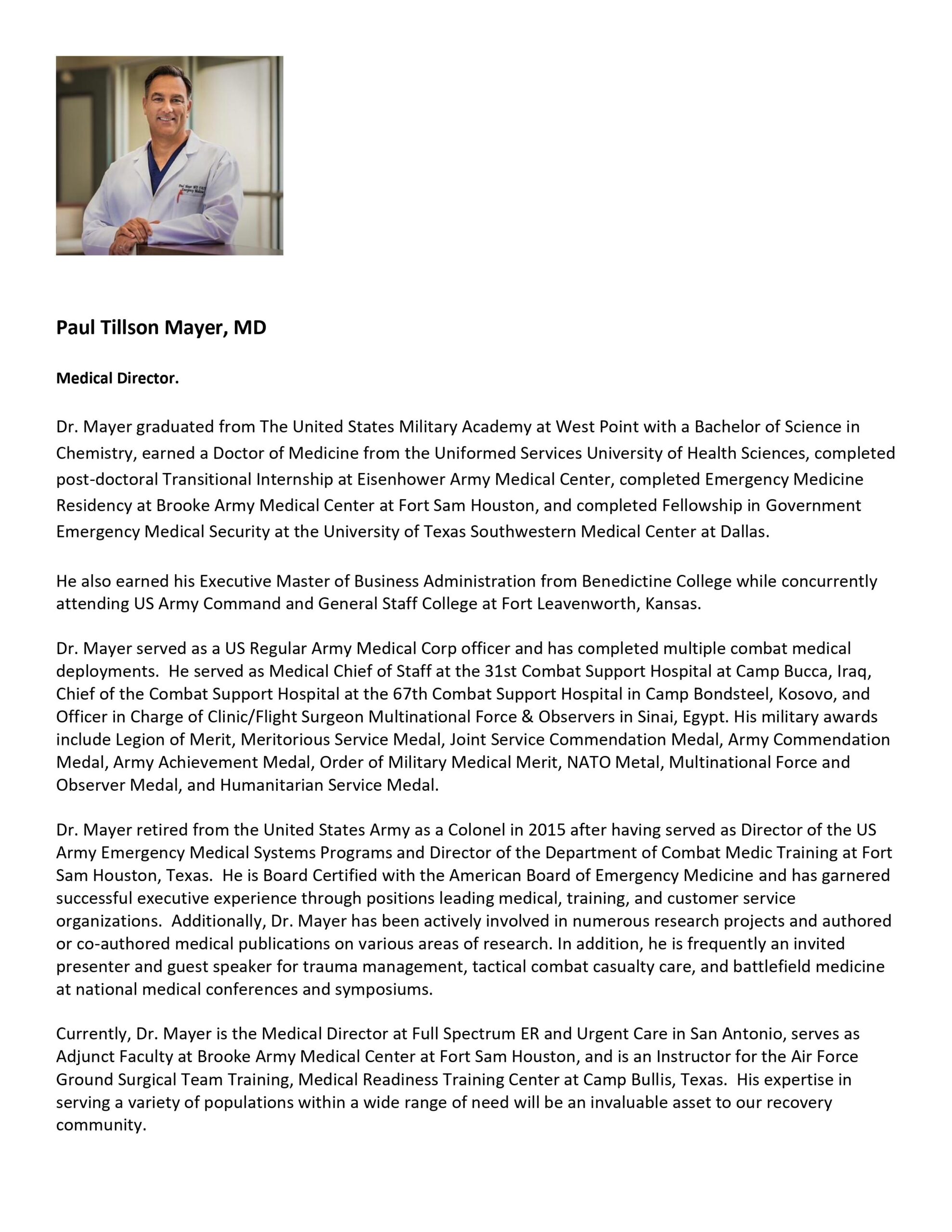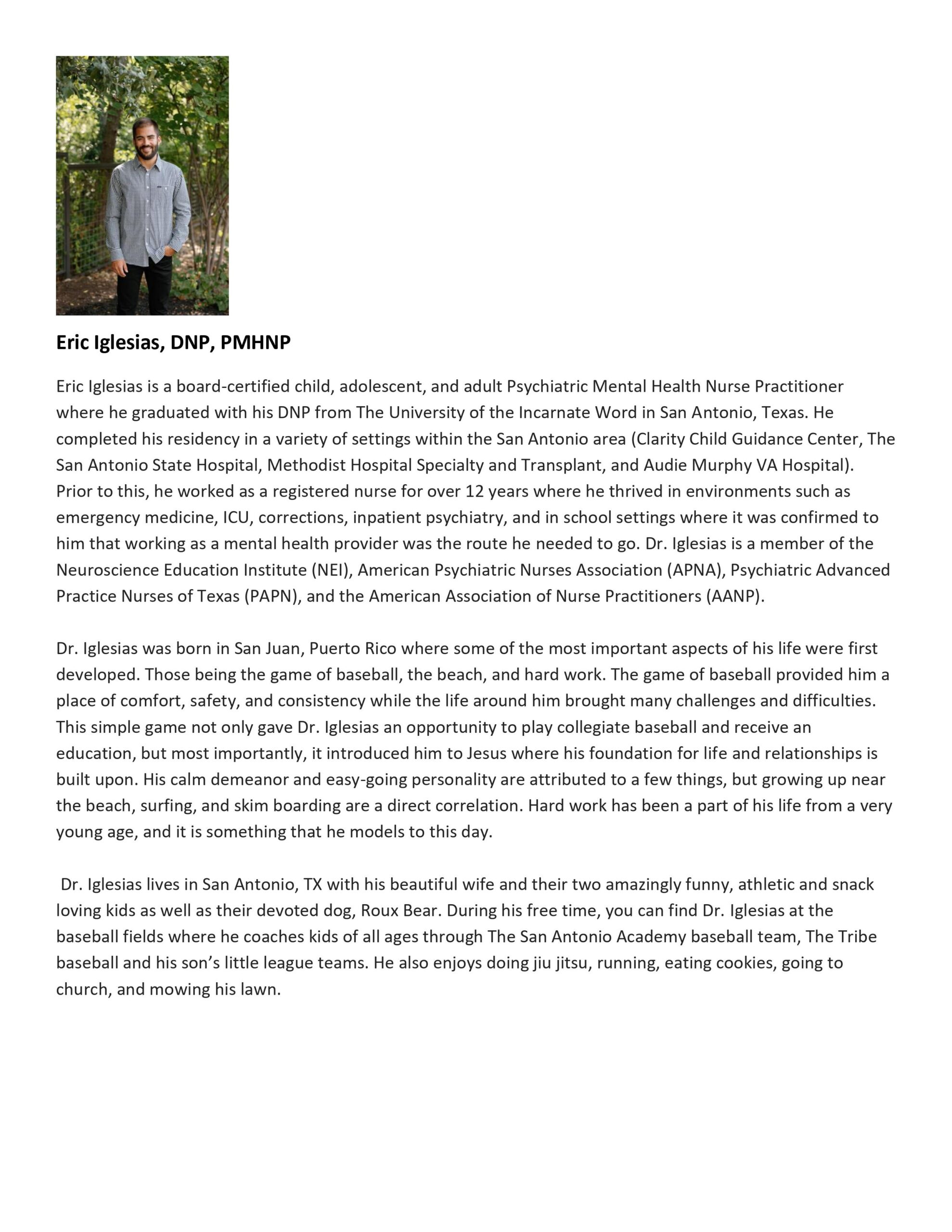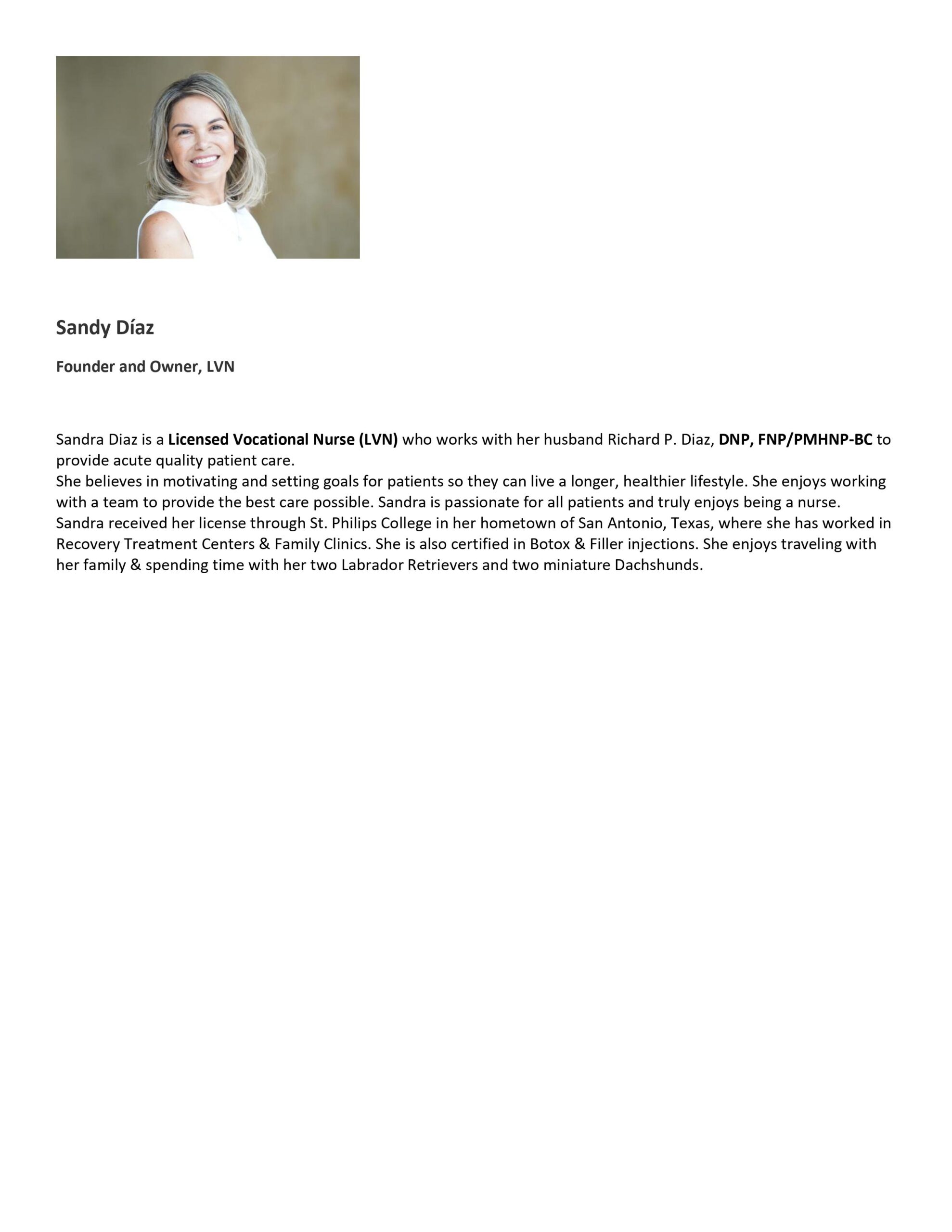What is Diabetes Mellitus?
Diabetes mellitus is a general term for a number of diseases where the body’s blood sugar levels are dysregulated. This can be caused by issues with insulin production or use. The body either isn’t able to produce enough insulin to regulate how much sugar (glucose) goes into the blood cells, or it isn’t able to use the insulin that it has properly.
Since glucose is an important energy source for the cells of the body, this can cause a number of issues, which are listed below.
What Are the Symptoms of Diabetes?
The general signs of diabetes to watch out for are:
- Frequent Urination (especially at night)
- Excessive Thirst
- Unexplained Weight Loss
- Extreme Hunger
- Blurred Vision
- Slow-Healing Sores
- Tingling or Numb Hands / Feet
- Fatigue or Lack of Energy
- Dry Skin / Skin Infections / Itchy Skin
- More Frequent Infections
Some of the above common symptoms are indicative of more serious issues down the line if the diabetes is not treated in a timely and regular manner. For example, the tingling or numbing of hands and feet can indicate nerve damage caused by high blood glucose, which can cause major damage to blood vessels and the areas they supply if not managed. Nerve damage can cause cardiovascular disease, kidney failure, and erectile dysfunction, among other things.
While the above makes for a good general guideline of diabetes symptoms to look out for, it is not an exhaustive list. With each type of diabetes, there may be additional symptoms, or even no symptoms, as per below.
What Are the Symptoms of Gestational Diabetes?
This is a special case during pregnancy where diabetes may develop, and no symptoms are usually detected. A doctor should be testing pregnant people for gestational diabetes during their 24th-28th week of pregnancy. If detected, your doctor will advise you on best practices to protect you and your baby. Here at Arbor, our well-equipped medical staff can certainly help you along with this journey.
What Are the Symptoms of Type 1 Diabetes?
In addition to the general symptoms above, people with Type 1 Diabetes can also experience:
- Nausea
- Vomiting
- Stomach Pains
Type 1 Diabetes typically begins during childhood, adolescence, or young adulthood, but onset is possible at any age. The symptoms can be quite severe and may come on within weeks or months.
What Are the Symptoms of Type 2 Diabetes?
This is the most common type of diabetes, with approximately 90-95% of Americans having Type 2. The symptoms can be harder to notice for people with Type 2 Diabetes because it can sometimes take several years for them to appear, if they appear at all. Any of the general symptoms listed above may be a tip off.
That’s why it is especially important to know the risk factors for Type 2 Diabetes.
What Are the Risk Factors for Type 2 Diabetes?
There is a lot that can go into the development of a chronic disease. Many things can influence your health, from genetics to lifestyle to environmental factors.
Those with the below factors should be especially vigilant for the symptoms, as they have a higher risk of type 2 diabetes.
- Body Weight on the High Side
- Family History of Diabetes (Especially if parent or sibling has Type 2 Diabetes)
- Those with Hispanic/Latino, Indian, Pacific Islander, Asian American, African American, Native Hawaiian, or Alaskan Native backgrounds are more susceptible.
- Prediabetes
- Low Physical Activity (Exercising less than three times a week)
- Age 45+
- High Blood Pressure
- Unusual Cholesterol and/or Triglyceride Concentrations in Blood
- History of Gestational Diabetes
- Having Polycystic Ovary Syndrome
- Extra fat distributed in belly area
Insulin resistance is especially hinted at by the fat distribution in the belly and the extra body weight. An insulin resistance can lead to excess sugar in the blood, causing multiple problems such as nerve damage, kidney failure, and heart disease. Therefore, early detection is paramount, especially for Type 2 Diabetes, as the complications of diabetes of this type can be quite dire.
Your risk of diabetes increases with the presence of more factors. Communicating with your doctor about your diabetes risk factors (for example, informing them of your family history) can be especially vital.
A simple blood test can easily determine whether your blood glucose is within the normal range.
Prevention and Treatment
Diabetes is especially of great concern here in San Antonio, as the percentage of the population with the disease in Bexar County (14%) is actually higher than the national average (11%).
While gestational diabetes may go away, there is no cure for Type 1 or Type 2 Diabetes. In the unlucky case that gestational diabetes does not go away after the pregnancy, it becomes Type 2 Diabetes.
It is possible to take control of diabetes and manage the symptoms with a healthy routine, including a diet of healthy foods, exercise, monitoring, and making adjustments to insulin levels as necessary throughout the day.
However, it is best to catch diabetes early by watching for the symptoms and talking to your doctor if you suspect anything may be wrong. An ounce of prevention is worth a pound of cure, after all.
Here at Arbor, our medical specialists are especially cognizant of the situation in San Antonio and do their best to mitigate the increased percentage of people with diabetes in our beautiful city while helping those already afflicted with the disease in daily management.
Give us a call to schedule an appointment with one of our warm and knowledgeable health professionals. We are here to help with whatever ails you.








0 Comments